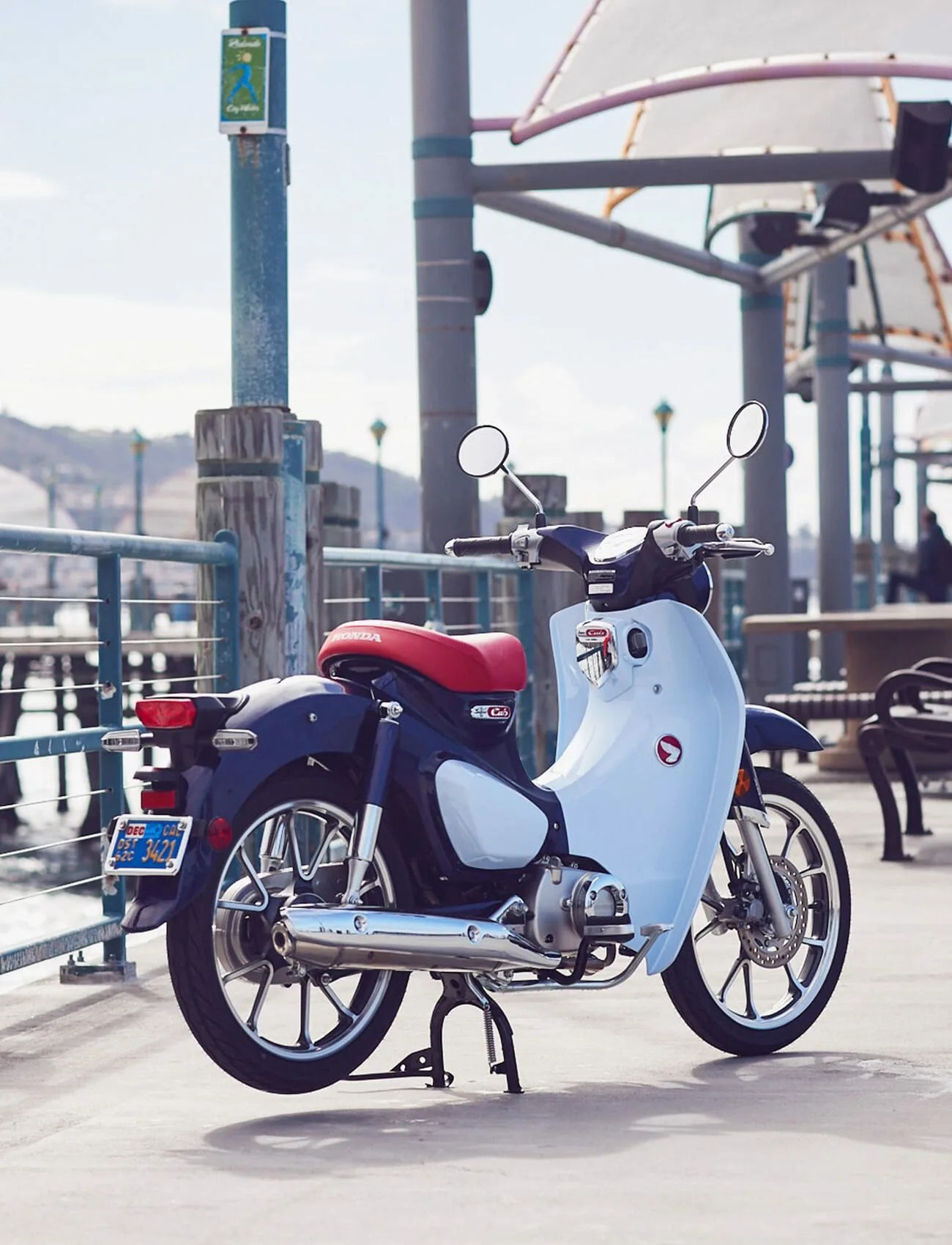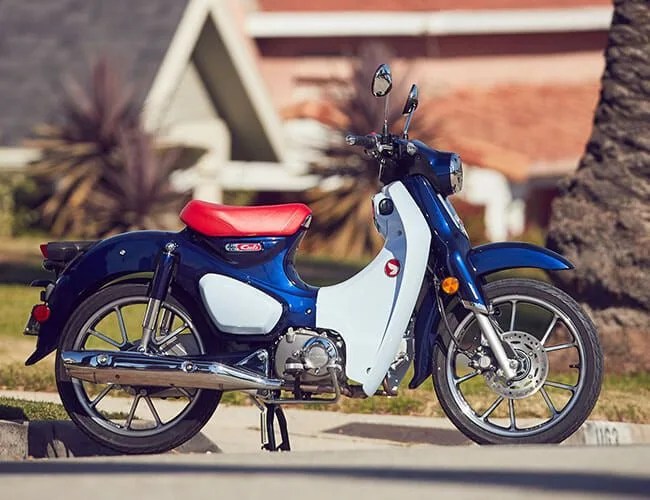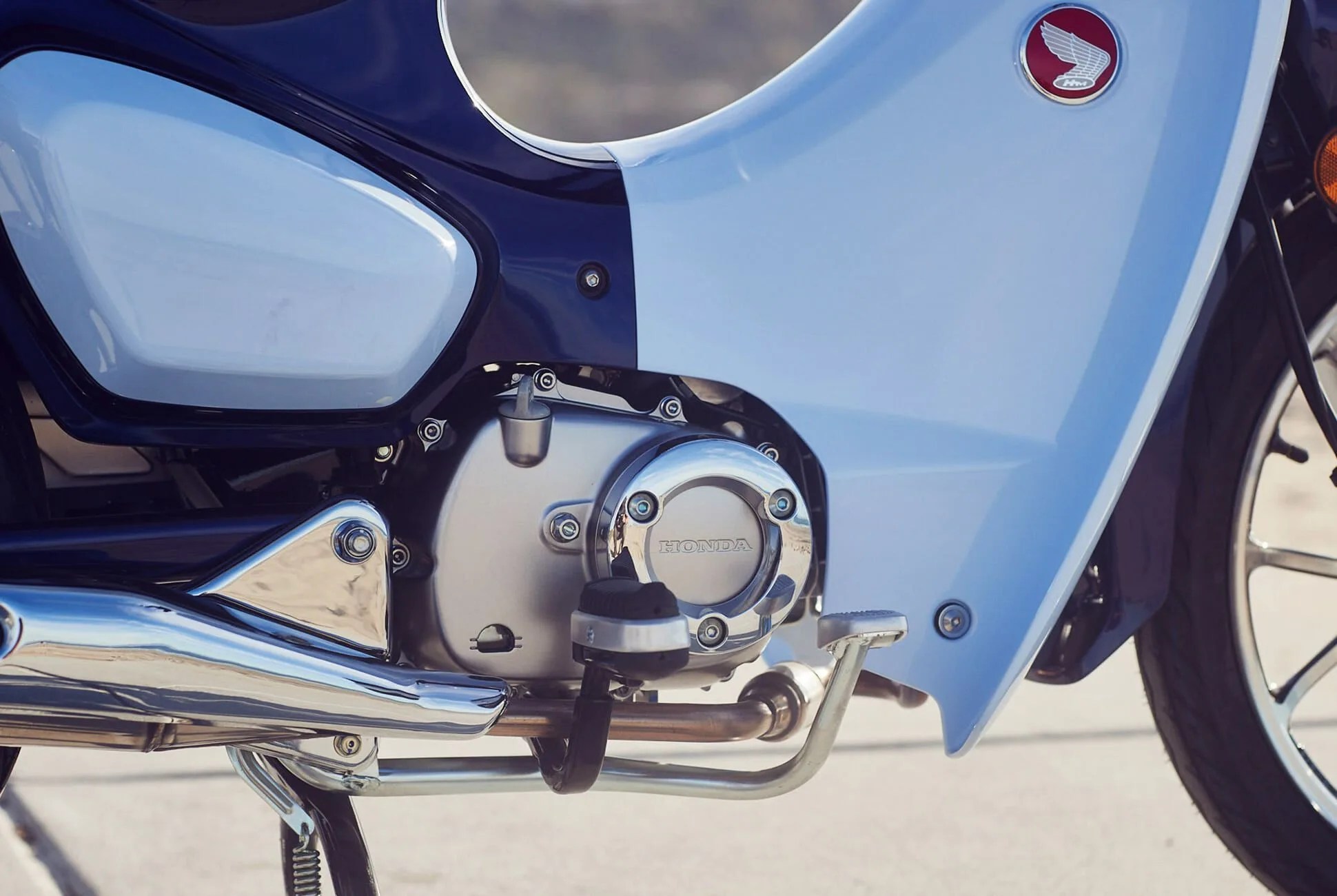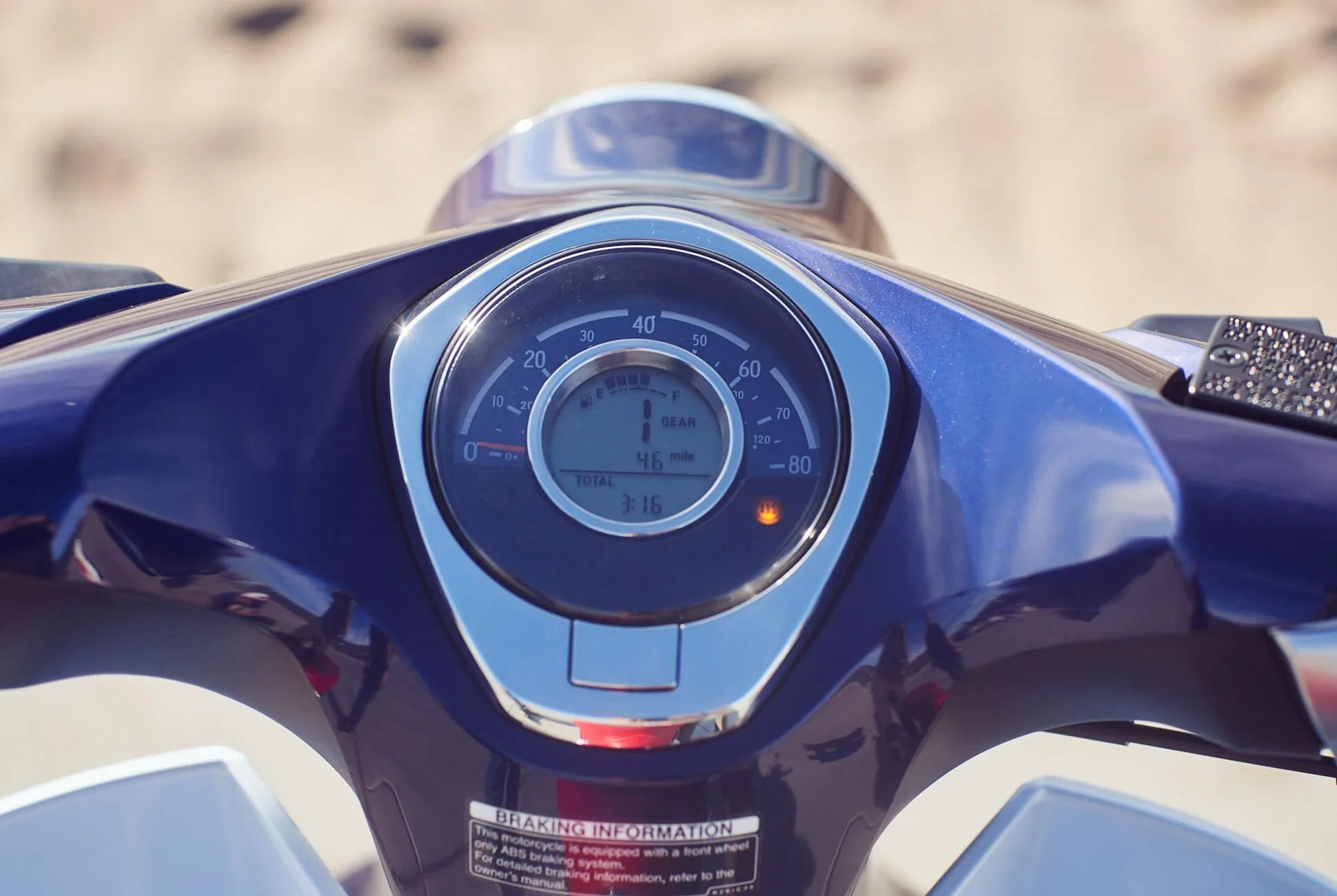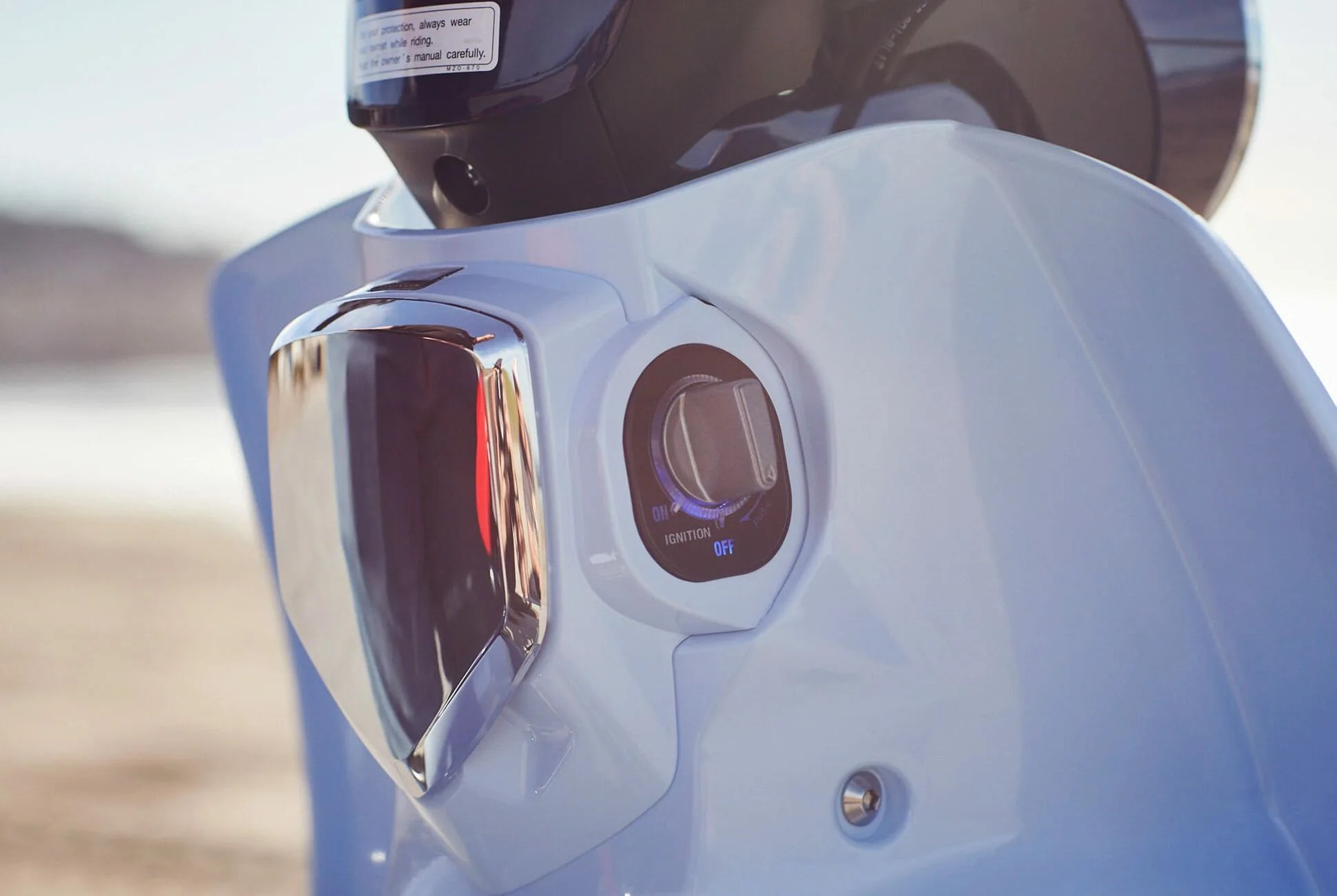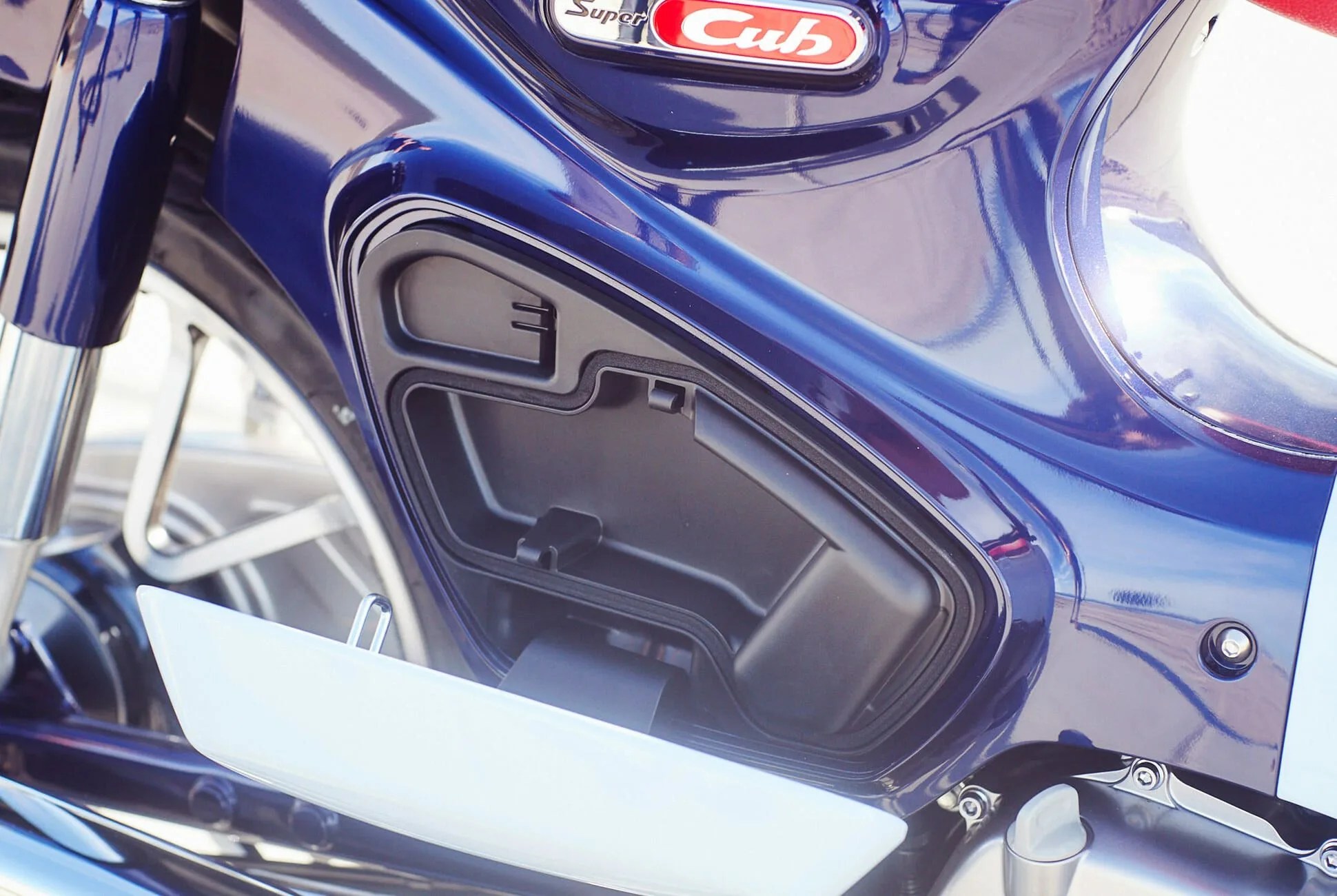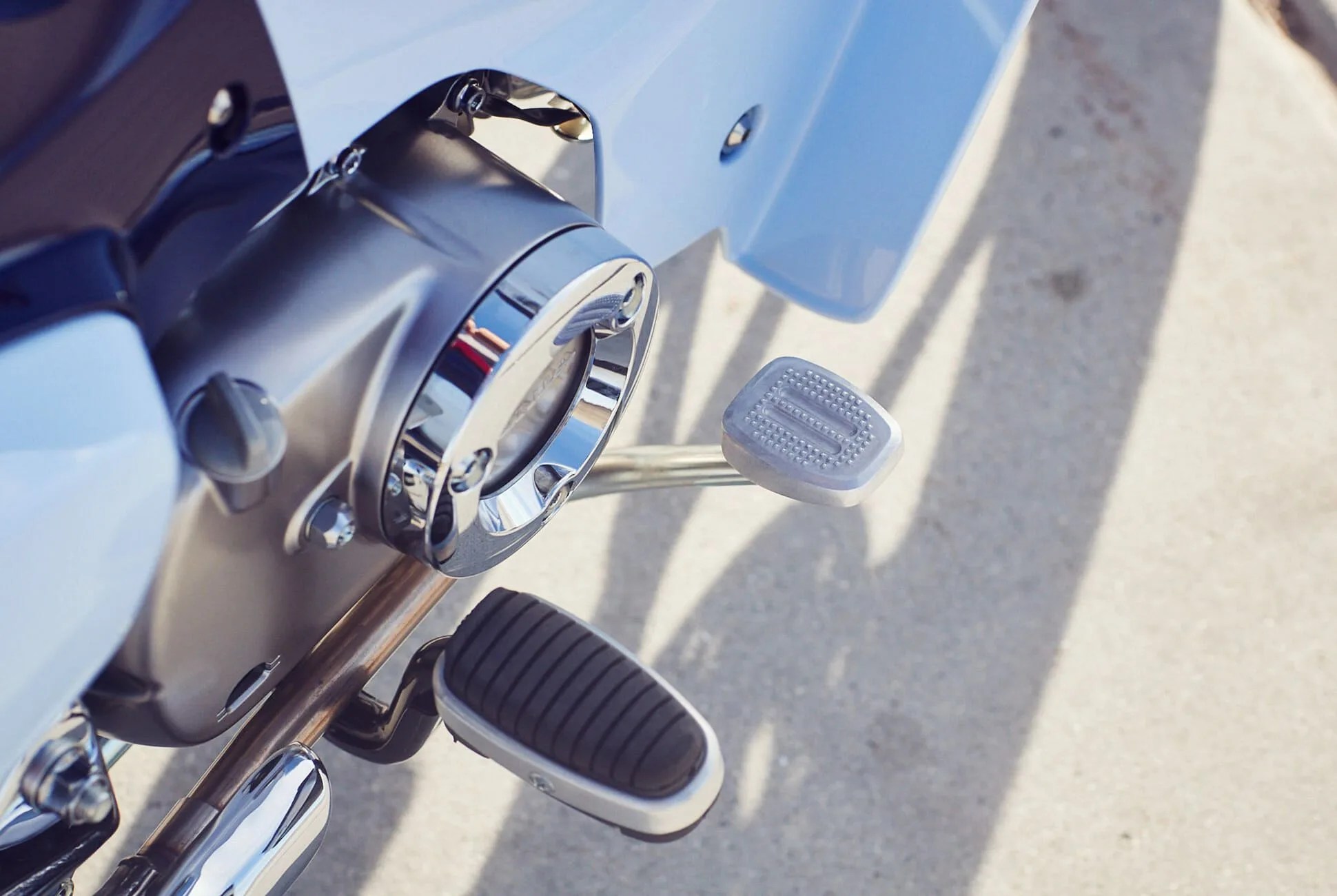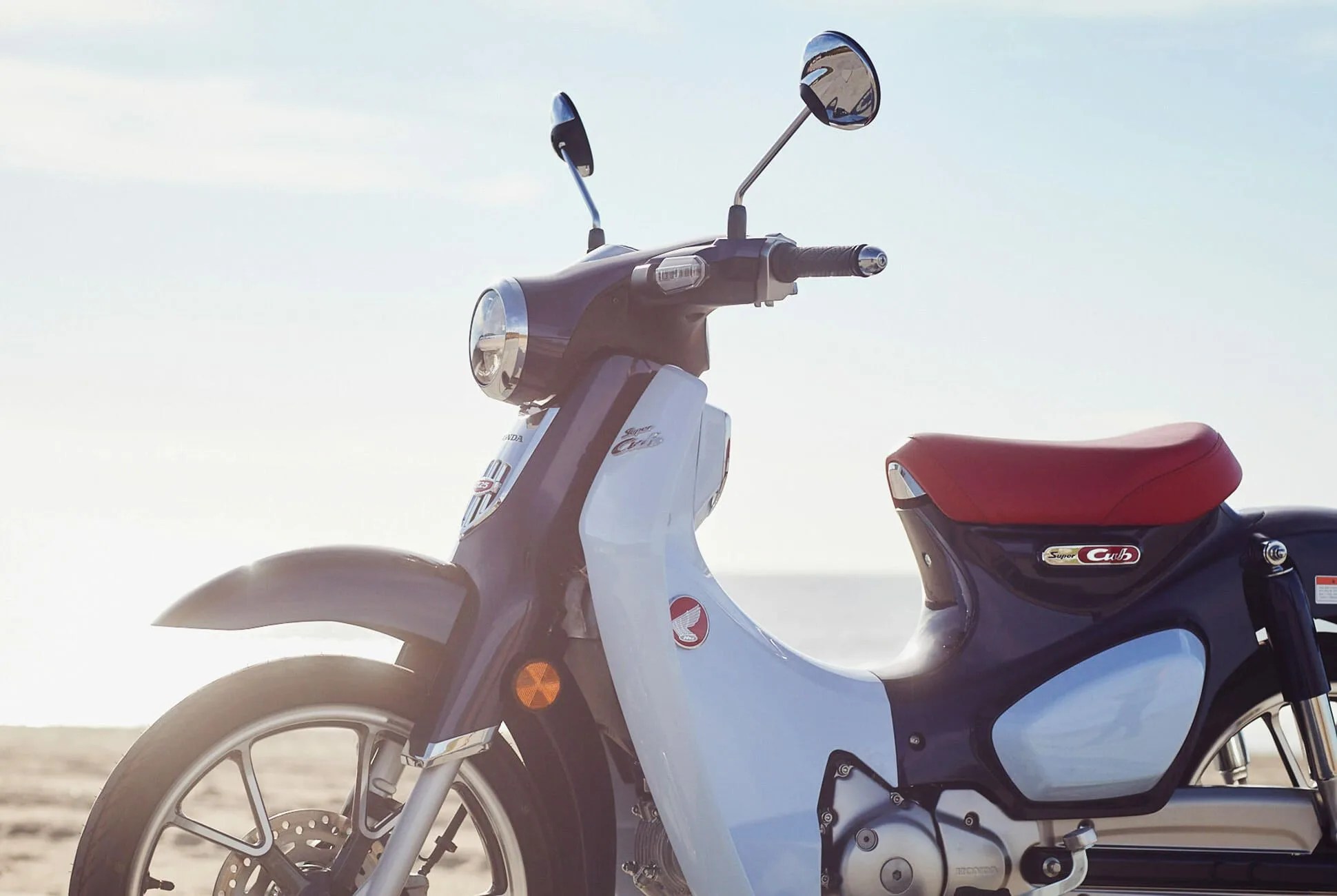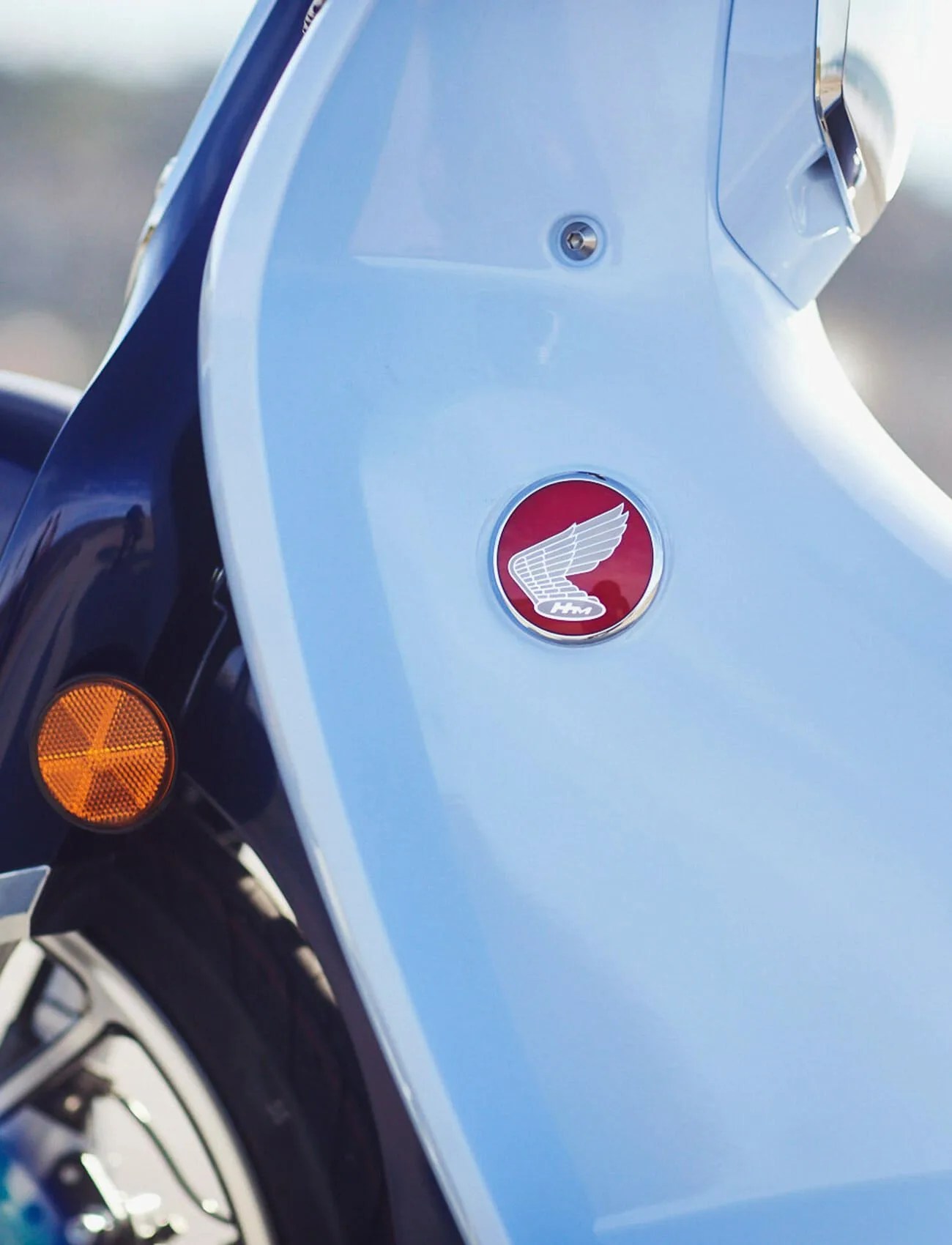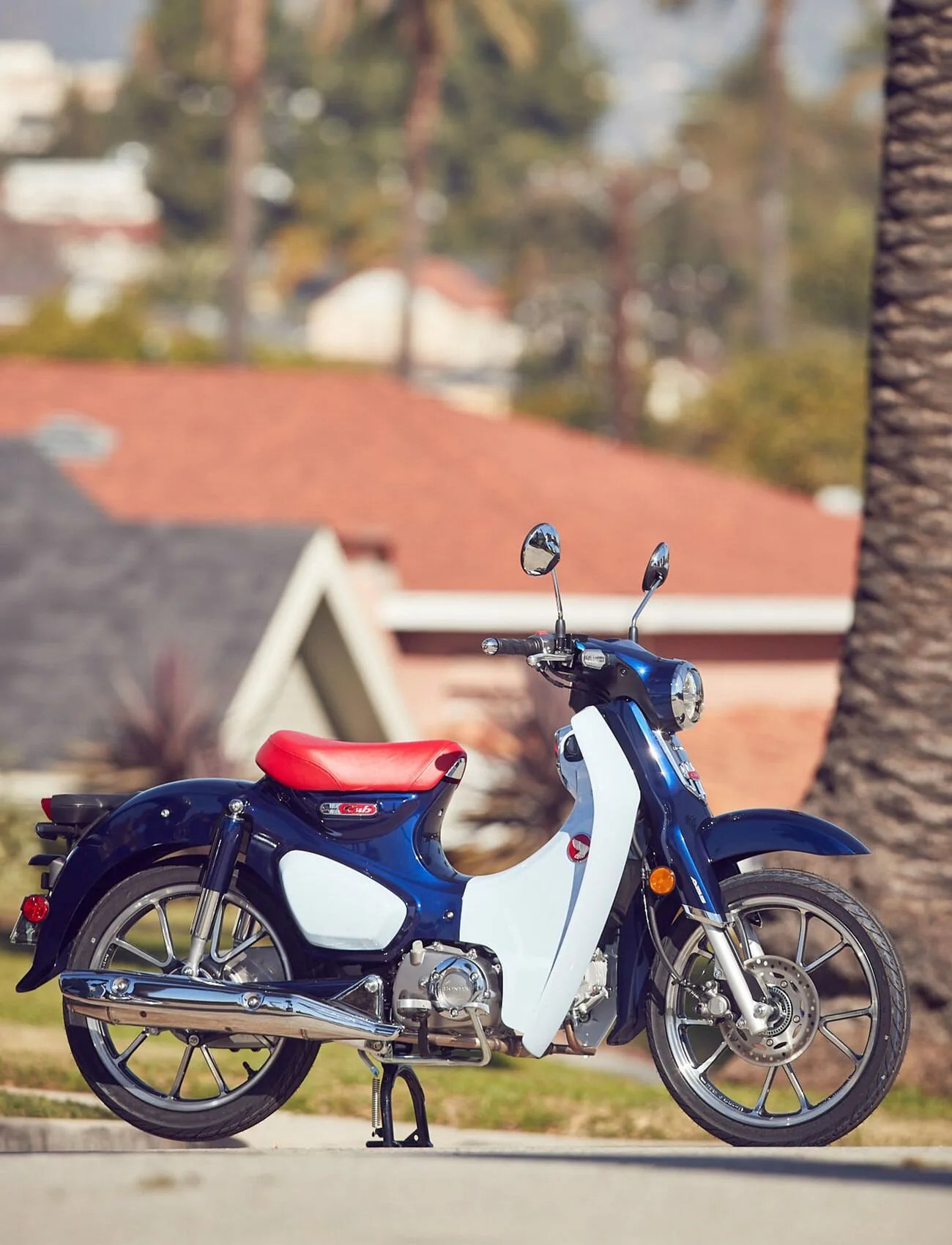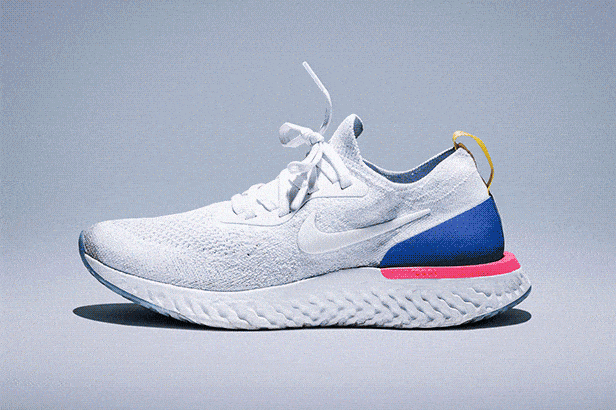8 photos

Nearly 50 years after disappearing from the U.S. market, the world’s best-selling motorcycle – or at least a thoroughly modern version of it – is returning to America: Honda’s legendary Super Cub. In the years since its 1959 launch, the Super Cub has sold over 100 million units worldwide – a staggering sum. The Super Cub’s efficiency, functionality and worldwide appeal is well documented. What’s less so is the key role it played in Honda’s fortunes in the late ’50s and early ’60s, becoming an almost immediate best-seller and providing much-needed cash flow while post-war Americans got comfy with Honda’s name and larger-displacement motorcycles – which they eventually did, and in droves. The question, then, is this: Can the Super Cub reignite the two-wheeled passions of both boomers and millennials, and help lift Honda and the overall motorcycle market out of the new-bike-sales doldrums?
The Good: Like the original C100 of 1959, the new-generation Super Cub is functional and friendly. There’s keyless ignition (just keep the fob in your pocket) and electric start to get you going, a ‘clutchless’ four-speed to keep you there (just bang away at the lever) and a handy LCD gear indicator to let you know what gear you’re in. It’s whisper-quiet, fuel mileage is superb (you’ll get over 100 mpg), the step-through chassis design means it’s easy to jump on and off, and there’s a disc brake up front with ABS (along with a drum-type rear) to slow you down. It’s light and maneuverable at rest and while moving, the seat height is manageable for all but the most inseam-challenged, the drive-chain is enclosed for longer maintenance intervals, safety and quiet operation and there’s that Honda reliability you just can’t beat. Finally, it looks good, looks right, with just the right amounts of retro style and badging.
Who It’s For: In the very late ’50s and early ’60s, when the Super Cub was first introduced to American buyers, and especially after Honda’s ‘You Meet The Nicest People on a Honda’ ad campaign began to penetrate the country’s consciousness (counterbalancing motorcycling’s then-prevalent leather-jacketed thug image), the Super Cub was for – and chosen by – everyone. Older folks, families on camping trips, college students, commuters, kids looking for fun, and so on. That target audience hasn’t changed, really, as Honda understands it needs to sell to baby boomers and a younger demographic if the new-gen Super Cub is going to be a success for Honda and from an overall market-expansion standpoint.
